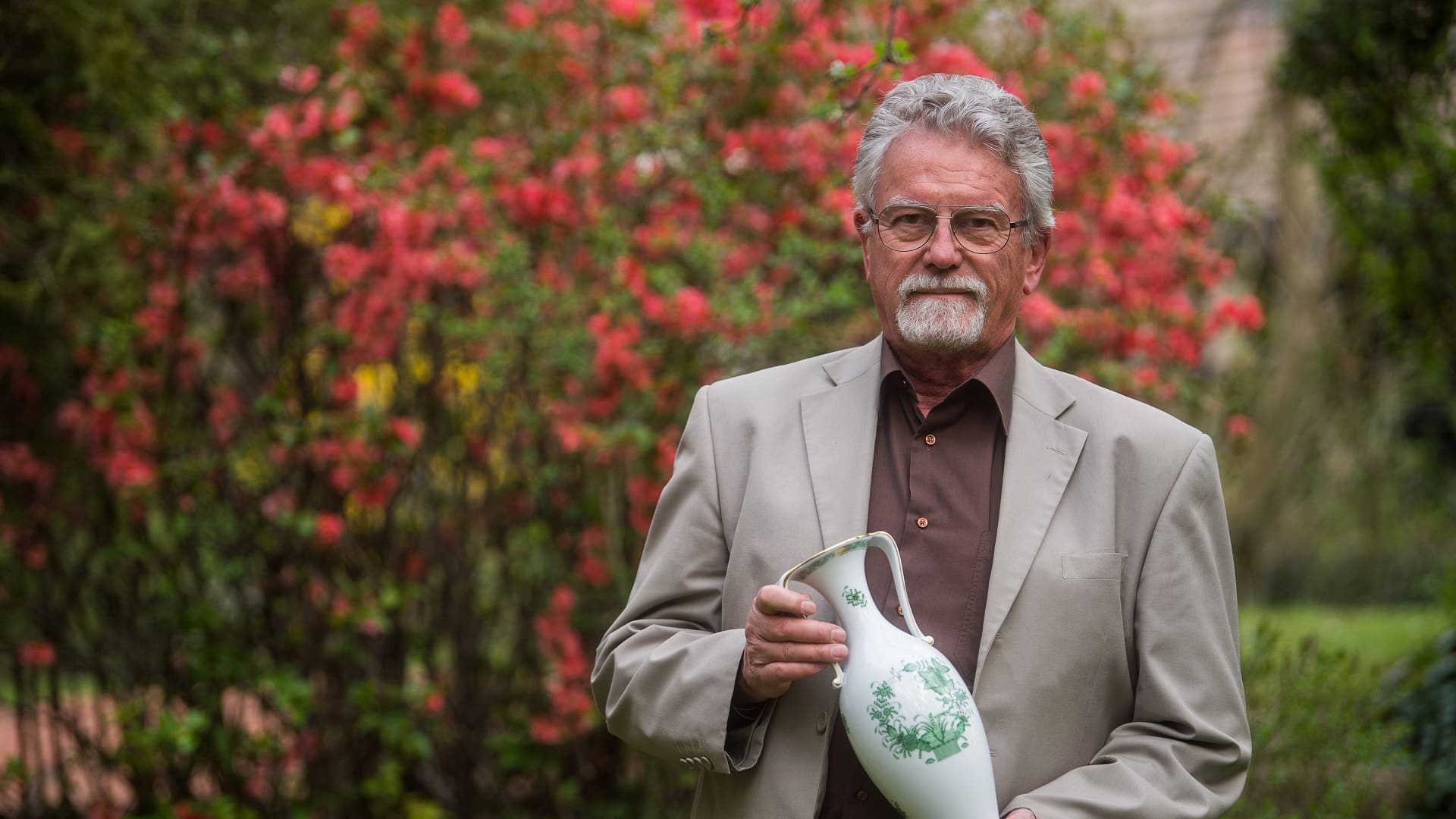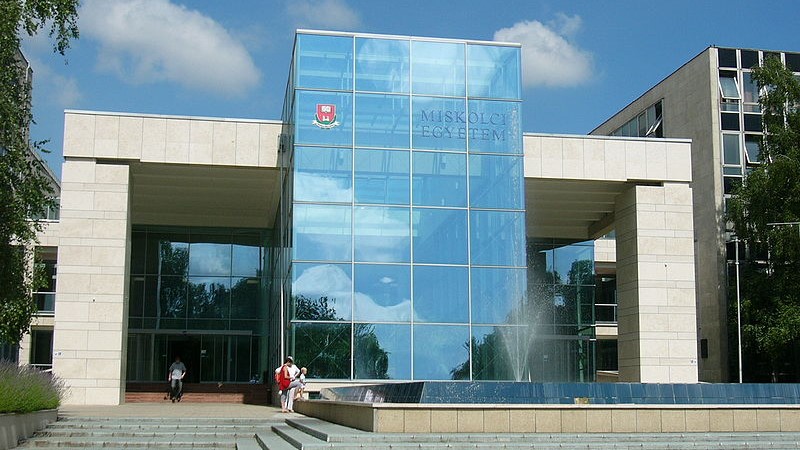Cartoonist, director, graphic artist, and cultural leader Marcell Jankovics would have turned 81 today. The Kossuth and Béla Balázs Award-winning artist is perhaps best known for creating the animated TV show Hungarian Folk Tales, which has been engraved in the collective memory of multiple generations of Hungarians. However, his opus did not stop there. His long, successful career spanned all the way to his death—and even beyond. His last piece, the animated series Toldi, was released posthumously in 2021, months after his death.
The Life and Work of Marcell Jankovics
Jankovics was born on 21 October 1941 in Budapest, Hungary. He originally aspired to become an architect. However, he was unable to gain entry to university due to his father being sentenced to life in prison in a show trial by the Communist regime in 1950. Marcell Jankovics Sr was eventually freed during the Revolution of 1956, and was able to stay on supervised release for the rest of his life.
This meant that the younger Jankovics had to ‘settle for’ animation. He first got a job as an animator for the Pannonia Film Studio in the early 1960s. On the basis of his sheer talent, he was able to gradually climb up the ranks there, eventually becoming a director of animation in 1965. In 1966, the first animated TV show created by Jankovics aired, titled Gusztáv. It ended up running for 120 episodes, until 1979.
However, Jankovics did not feel fulfilled with the artistic value of what he saw as cute, silly, simplistic tales. Interestingly, he was able to flex his ‘artistic muscles’ more in a commercial, a format not typically associated with free artistic expression. His 1968 animated short Dreams on Wings (Álmok szárnyán) was made as a commercial for the airline Air India, but ended up winning an award at an international film festival in Beirut, Lebanon in 1970.
The same year, in 1970, he started working on another iconic Hungarian cartoon The Mézga Family (Mézga család). However, he was not in charge of that production, he only worked on the character design for the show.
Jankovics’ first outstanding, stand-alone success came with the 1973 animated feature film, the first of its kind in Hungarian cinema history, John the Valiant (János vitéz).
It was made for the 150th anniversary of Sándor Petőfi’s classic narrative poem of the same title. It was received very well by critics and audiences alike. It was made under Jankovics’ total creative control: he wrote the script, drew the storyboard, designed the characters, and directed the piece as well.
This paved the way for what many consider Jankovics’ magnum opus, the TV series Hungarian Folk Tales (Magyar Népmesék), the cartoon adaption of a collection of old Hungarian folk tales. The famed cartoonist started working on the project in 1977, but the first episodes of the iconic show did not air until September 1980. Just like with John the Valiant, Jankovics drew inspiration from the collective moral and visual culture of the Hungarian nation.
Magyar népmesék: Koplaló Mátyás
Magyar népmesék 5. sorozat Rendezte / Directed by: Jankovics Marcell, Horváth Mária Mesemondó / Storyteller: Szabó Gyula Zene / Music: Kaláka együttes Gyártó / Production company: Kecskemétfilm 1995 Volt egyszer egy örökké éhező ember, Koplaló Mátyás. Nagy nyomorúságában már-már felakasztotta magát, amikor összeakadt az ördöggel. Sikerült kicsalni tőle egy mázsa aranyat.
He certainly managed to strike a chord with his Hungarian people with this cartoon—Hungarian Folk Tales ran until 2012.
Jankovics also won the Cannes Film Festival’s Golden Palm award for his 1977 short The Struggle (A küzdők). As for his career post-Hungarian Folk Tales, he was in charge of the National Cultural Fund of Hungary between August 2010 and October 2011. Also in 2011, he directed the animated feature adaption of Imre Madách’s 1861 existential play The Tragedy of Man, also considered to be true, mature masterpiece.
His last project was another cartoon TV series, this one using János Arany’s 1847 narrative poem Toldi as its source material. Alas, Jankovics did not live to see its premiere, having passed away on 29 May 2021. His legacy, decorated with prestigious awards too many to list, lives on.
Related articles:








